Tokyo Travel Guide: Everything You Need To Know
Get ready for the planet’s biggest metropolis, where millions live, work, and play in complete harmony. Ancient temples, neon-lit streets, and incredible food await.
Prepare for your Tokyo adventure with our 5-day example itinerary.
The notion of being able to explore the planet’s most populous city in five days sounds like a big ask - but in this guide we explain how to do just that.
While it’s important to plan any big trip, it's especially critical when it comes to Tokyo - because it's easy to get lost in what is the ultimate concrete jungle.
Naturally, there are a million ways to see this exhilarating metropolis - but the following itinerary will ensure you see the most famous, interesting, and exciting attractions in the time you have.
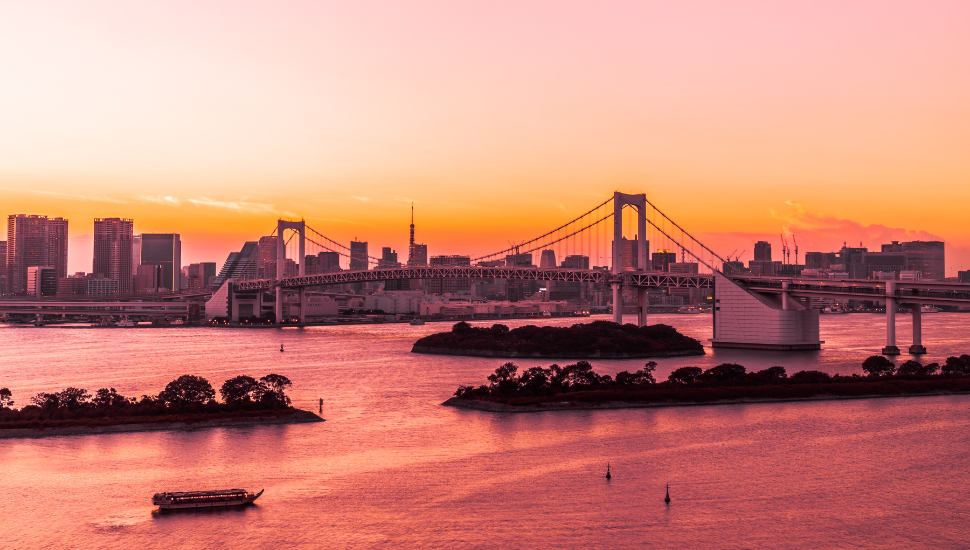
Quick facts/tips about Japan for UK visitors:
- Visa: As a UK resident you can stay for 90 days “visa free” - for non-work/business activities.
- Travel insurance: Not mandatory but very much recommended.
- Tipping: Leaving a tip is not part of the culture and may even cause offence.
- Money: Bring (or withdraw) plenty of notes - many restaurants and shops only accept cash.
- SIMs: Buy a local SIM card with data so you can use Google Maps to avoid getting lost.
- Bins: Tokyo has very few bins, so be prepared to carry your rubbish around for a while before you find one!
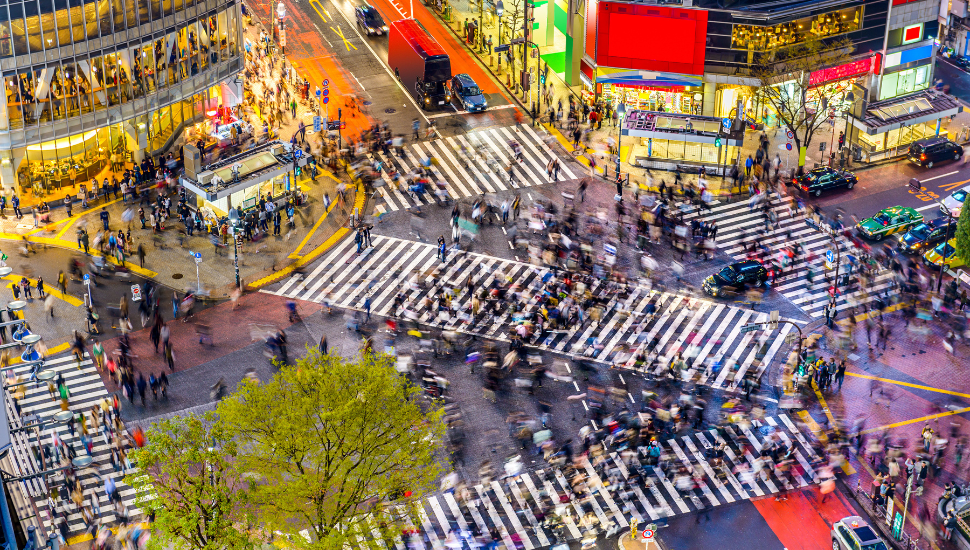
Arriving in Tokyo
If you've arrived directly from the UK, you'll doubtless be jet lagged from your epic journey. However, like any Britons, you may have been dreaming about visiting this legendary city all your life - so it's a good idea to get the juices flowing: drop your bags off and take a quick trip to the famous Scramble Crossing in Shibuya.
This quintessential Tokyo sight is the largest pedestrian crossing in the world, with up to 3,000 people crossing at one time.
It's a bewildering, mesmerising sight - and if you didn’t feel lost and overwhelmed by the vastness of the Japanese capital before, you will now!
Before heading back to your hotel to recuperate, you might want to pick up a few snacks in 7-Eleven or Family Mart - a cultural experience (of sorts) in itself!
Next, it's important to deal with that jetlag - and get some rest. It's going to be a busy five days.
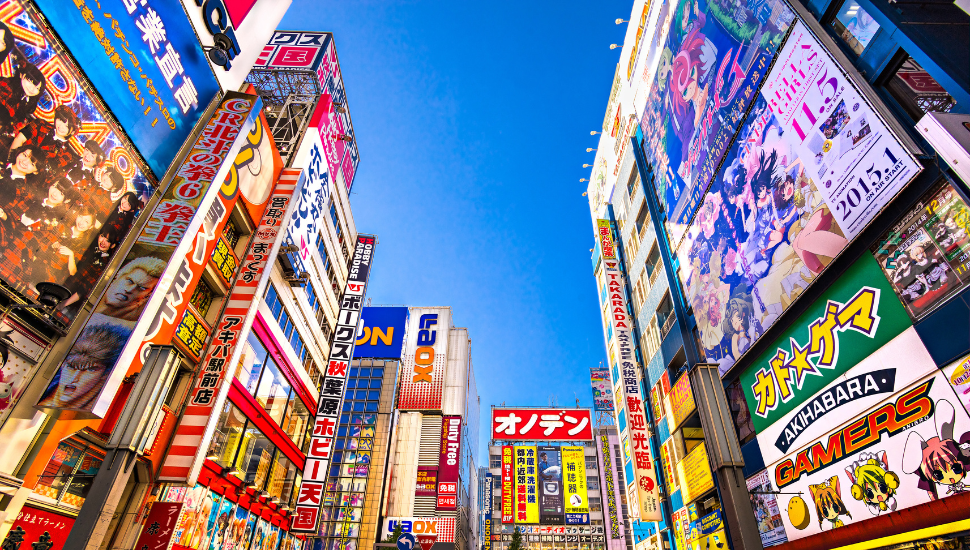
Credit: Luciano Mortula-LGM - stock.adobe.com
Day 1 in Tokyo
As the sun rises over Tokyo's skyscrapers, it’s time to fuel up for day 1.
Enjoy breakfast at your hotel or, if you’re on a budget, nip into a convenience store. These establishments sell everything from steamed buns to onigiri (seaweed wrapped rice balls), sandwiches to curry rice.
A decent breakfast with coffee will cost about 200 yen - 2GBP. If you're prepared to up your breakfast spend to 4GBP, you can visit a Beef Bowl Shop for something more substantial.
Akihabara
Head to the nearest station, and buy a prepaid IC card from a ticket machine. If you plan on using the subway a lot, consider the Subway Pass (600 yen for 24 hours). Then hop on the next train to Akihabara.
Here, you'll find a dizzying array of stores and themed cafes.
This is where the Japanese come to indulge their passions for anime, games, figures, and electronics. There's also a maid cafe and a character-themed cafe.
Most stores are open by 11am.
After your initial exploration of Akihabara, you might feel peckish, so why not stop for some ramen? Among the many ramens available, tonkotsu - a mild pork soup - is popular.
Refuelled again (you'll soon discover food is central to Japanese life), it's time to look around vast electronic stores like Radio K, Gachapon Center, and Tamashii Nation. Even if you're not into electronics, you'll be impressed by the sheer scale of these emporiums.
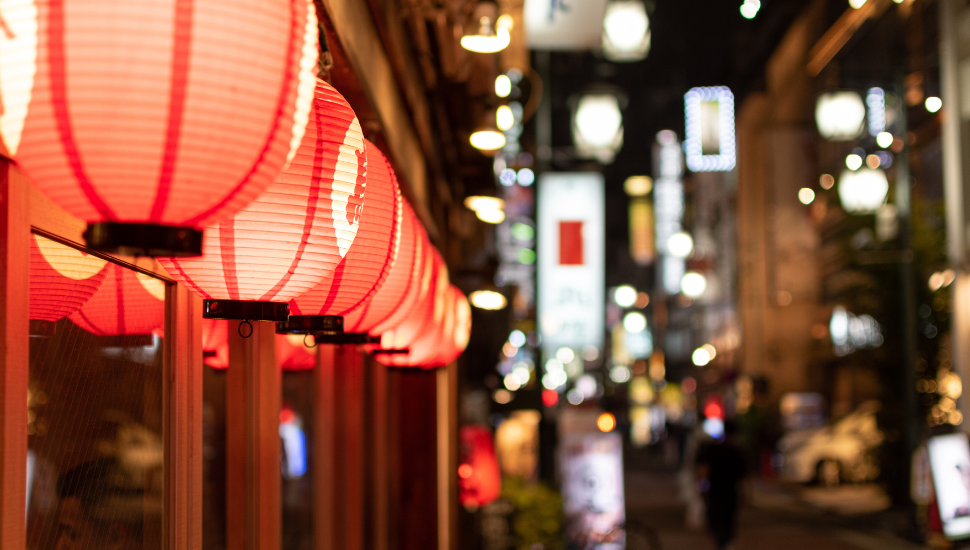
Ueno
Around mid-afternoon, hop on the Yamanote Line or Keihin-Tohoku Line to Ueno. Leave the station through Park Exit - which connects to Ueno Park.
Tokyo National Museum
Next to Ueno Park you'll find the largest museum in Japan - Tokyo National Museum. Here you'll enjoy a glimpse into Japanese history and culture, with an absorbing collection of statues, Samurai swords, and paintings.
The final entry time is 4.30pm, so if this museum is a must, you might want to spend less time in Akihabara.
Ueno Toshogu & Shinobazu Lake
Next, head over to nearby Ueno Toshogu - a beautiful shrine and pagoda built in 1639.
Afterwards, spend the late afternoon around the lilies of Shinobazu Lake.
As the day wanes, head down nearby Ameyoko Street - a chaotic avenue filled with shops.
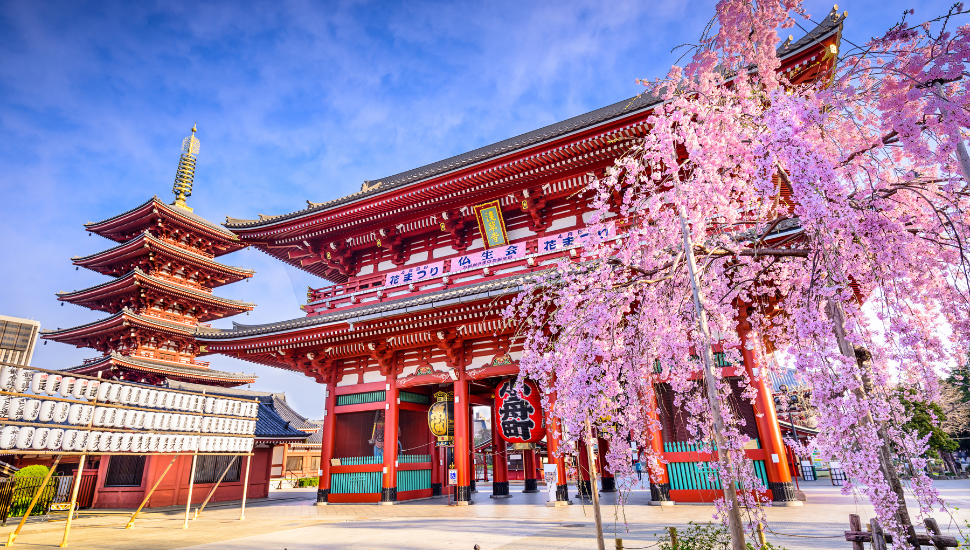
Asakusa: Sensoji Temple and Nakamise Street
As night falls, board the subway to Asakusa.
In front of Kaminarimon Gate you'll find a small observatory, from which you can enjoy a nighttime view of Sensoji Temple and the famous Skytree across the river.
Head down Nakamise Street, where you'll find many souvenirs shops and adjacent eateries. The sukiyaki (grilled marbled beef with vegetables, tofu and mushrooms) here comes highly recommended.
From here you're a short walk from Sensoji temple, which is much quieter in the evening. This Buddhist temple looks particularly fetching at night.
Sumida River
From Sensoji Temple, stroll down to the river, and cross the little pedestrian bridge to see the East Side, and enjoy closer views of the Tokyo Skytree.
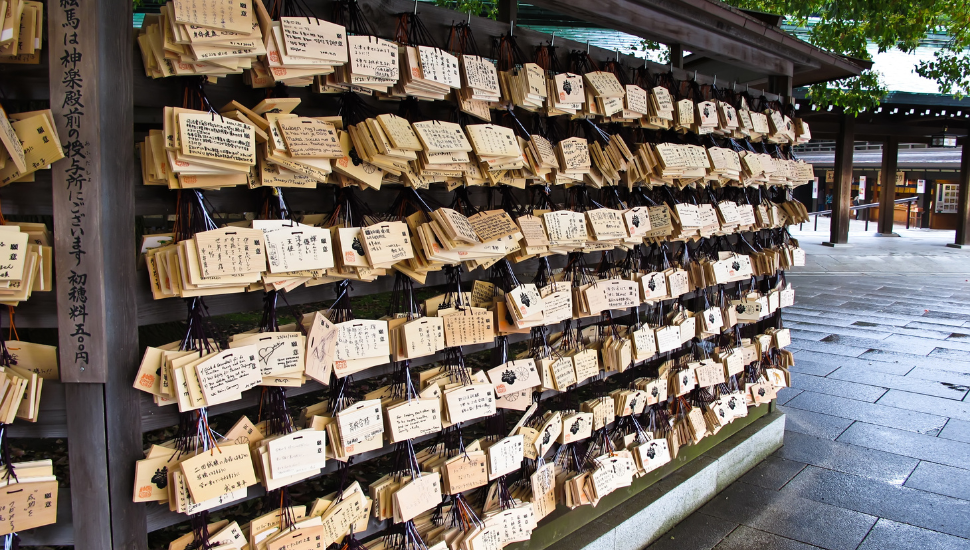
Day 2 in Tokyo
On the second day, why not explore Tokyo's west side.
Meiji Shrine
Enter the subway and get off at Harajuku Station, which is right next to the Meiji Shrine - one of Tokyo's major Shinto shrines.
The site's famous gate is open from sunrise to sunset - so access will depend on which time of year you are visiting.
Surrounding Meiji Shrine is a Yoyogi Park, much loved for its dense tracts of woodland - and all placed in the heart of the world's most populous city.
Kurasushi sushi restaurant
Try Kurasushi for lunch.
This famous chain features curtained-off booths in which you can order your desired sushi on a screen. You then simply wait for your meal to arrive on the carousel system.
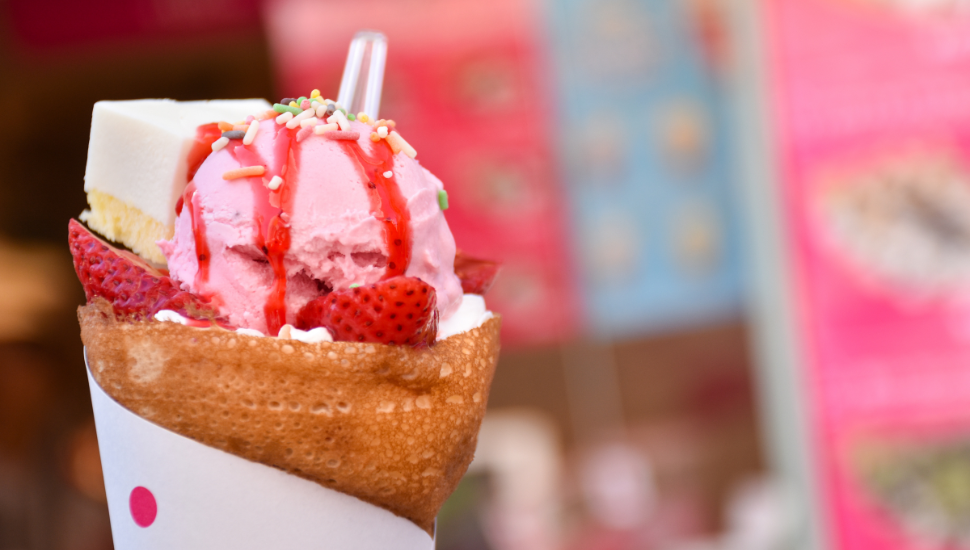
Harajuku district of Tokyo
Next, head to Harajuku, popular among young Japanese people and tourists.
At Harajuku you'll find lots more souvenir shops. There are also many outlets selling crepes - which can be ordered with ice cream (highly recommended!).
Tokyo City View & Sky Deck
Tokyo has four major observatories (for viewing the city, not the stars). These are: the Tokyo Tower, Tokyo Sky tree, Shibuya Sky, and Tokyo City View & Sky Deck. The latter is a good choice because it has an open-air deck, offering a clear view of the metropolis.
Note that it may close temporarily when the weather is bad.
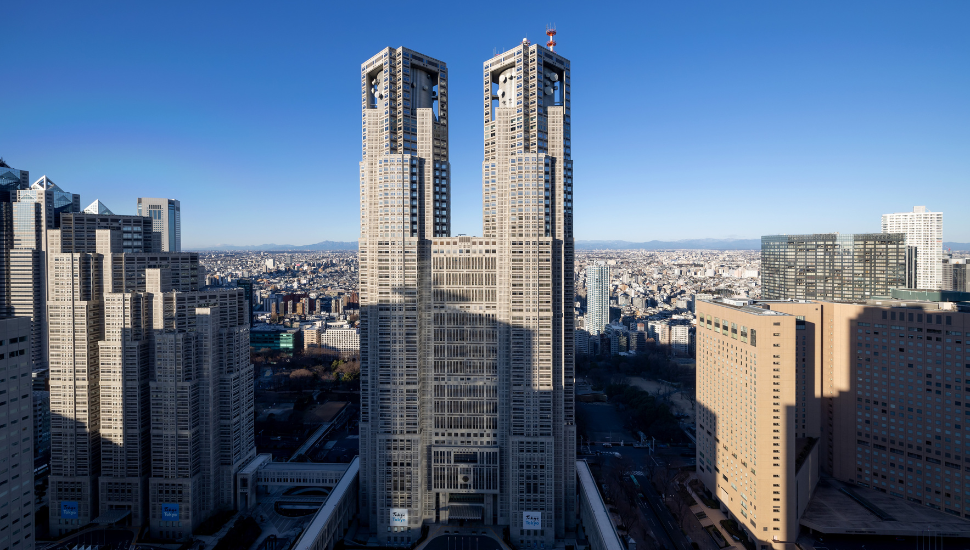
Credit: Choi_ Nikolai - stock.adobe.com
Tokyo Government Building Observatory
At the top of the famous Tokyo Government Building in Shinjuku is another observatory.
This one is completely free and offers some of the finest views in the city.
Kabukicho, Shinjuku
After dark, head to Kabukicho, another popular night spot, with bars, theatres, and shops. It's a little touristy, but could be fun.
Beware touts trying to get you to visit particular restaurants.
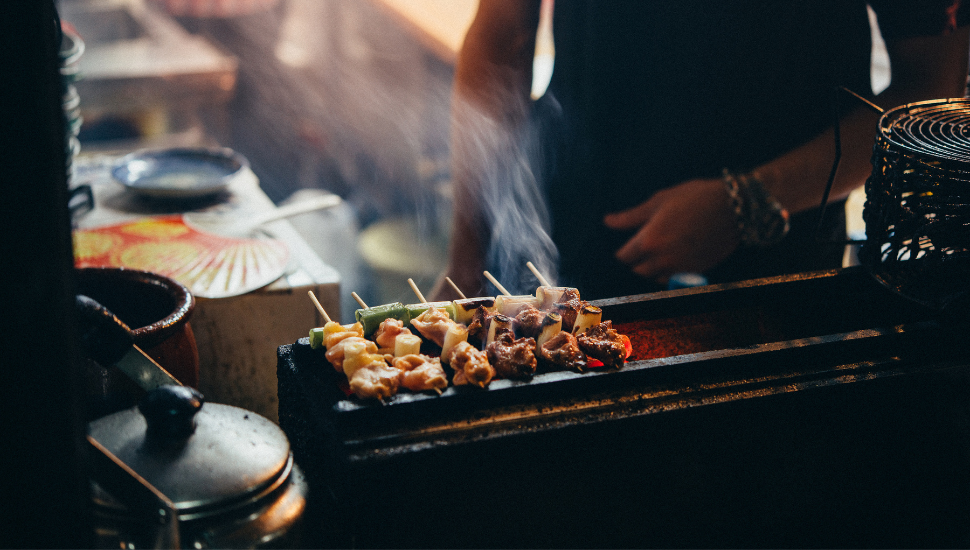
Omoide Yokocho
A host of characterful dining spots (izakaya) line Omoide Yokocho, a small alley by the train tracks.
Many of these establishments will give you a small plate called an otoshi - even if you don’t ask for it. These are part of Japanese culture, and cost around 500 yen (like a table charge).
Due to their small size and popularity, diners must sit very close together, which is why you'll see signs like 'No perfume' and stated time limits.
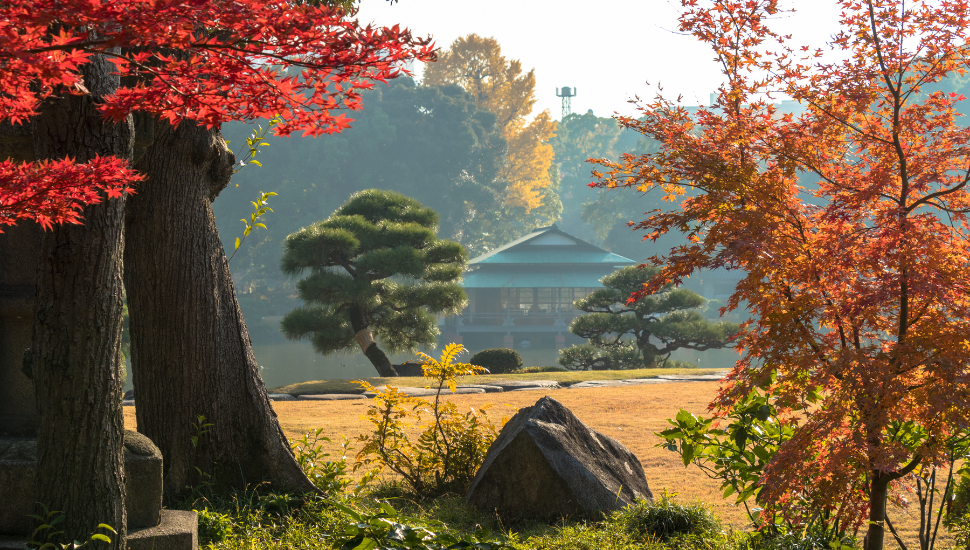
Day 3 in Tokyo
After all the sightseeing, you may need a rest day.
Still, you won't want to stay in your hotel all the time.
Kiyosumi Garden & Fukagawa Edo Museum
Why not head to the east side of Tokyo and visit Kiyosumi Garden (get off at Kiyosumi Shirakawa station). Here you'll see different types of rock from across Japan.
Just to the east of the garden is Fukagawa Edo Museum, a small establishment showcasing the lifestyle of the Edo Period.
There's also a special meal available that is only served in this part of Tokyo - Fukagowa bowl with clams.
Museum of Modern Art Tokyo
Lovers of modern art will love the nearby Museum of Modern Art Tokyo (MOMAT) which features Western-style and Nihonga artists - mostly from the 20th century.
Ghibli Museum
Fans of Japanese animation might head to the Ghibli Museum on the city's west side. Here the works of Studio Ghibli are celebrated.
The Ghibli Museum takes the form of a children's museum, a fine arts museum, and a technology museum.
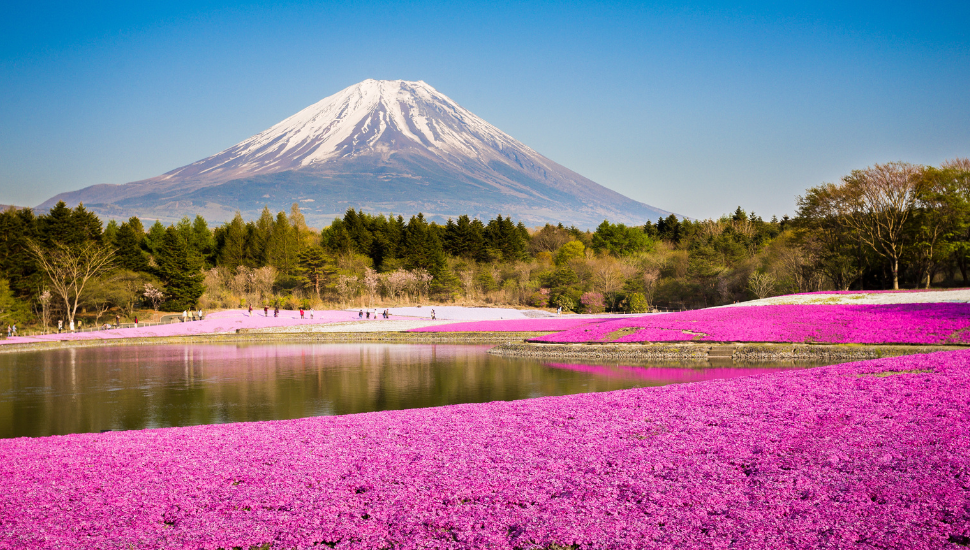
Day 4 - Day trip out of the city
After three days in Tokyo, you may feel the need for fresh air and open space.
Possible destinations for a day trip from Tokyo include:
- Kamakura: Here you'll find an array of beautiful temples, shrines and other historic monuments.
- Mount Takao: It's easy to reach the summit of this mountain thanks to the many hiking trails, a cable car, and a chairlift.
- Kawagoe: This town is famed for its traditional buildings, and comes alive on the weekends.
- Mount Fuji (Kawaguchiko): You'll need to leave early to see Mount Fuji, due to its distance from central Tokyo. Be sure to check the weather so you have a clear view of the famous mountain! You can reach Kawaguchiko by highway bus or Japanese Railways’ Fuji Excursion Limited Express - both departing from Shinjuku. Tickets can be bought from machines, or booked online. If travelling by bus, it’s best to book ahead online, because these seats can fill up fast.
Day 5 in Tokyo - Shopping day
It's best to leave shopping and souvenir hunting until your last day (assuming you depart from Tokyo) - or day 5 in this example itinerary.
Head to the Ginza district to explore the so-called 'Antennae' shops. These are official stores that sell goods from Japan's prefectures. This is the best place to find local arts, crafts and condiments - not least because it's far cheaper than buying in the airport!
Other affordable shops include OK Supermarket, Muji and UNIQLO clothes shops, and Daiso - the 100-yen shop (a kind of Japanese Poundland or Poundstretcher!).
More unique souvenirs can be found in Akihabara, Ueno, and Asakusa, if you didn’t pick any up on your first visit.
Get a Quote